Understanding The 4 Stages Of Labor
There are 4 stages of labor and we understand that these 4 stages of labor can be a daunting and confusing experience for many expectant mothers. That’s why we’ve put together this comprehensive guide to help you navigate each 4 stage of labor with confidence and ease. In this article, we’ll take an in-depth look at the four stages of labor, including the signs and symptoms, as well as the best ways to cope with each stage. The 4 stages of labor are as follow:
Stage One: Early Labor
The first stage of labor is often referred to as early labor. This is when the cervix begins to dilate and efface, or thin out. During this stage of labor, contractions may be mild and irregular, and you may experience some discomfort or cramping. It’s important to stay relaxed and comfortable during this stage, as it can last anywhere from a few hours to several days.
To cope with early labor, we recommend staying active and mobile. Walking, stretching, and changing positions frequently can help you stay comfortable and alleviate discomfort. Additionally, taking warm showers or baths can help you relax and ease any tension.
ALSO READ: Signs Of Early Pregnancy.
Stage Two: Active Labor
The second stage among 4 stages of labor is known as active labor. This is when the cervix continues to dilate and contractions become stronger and more regular. During this stage, you may experience increased pressure and a strong urge to push. It’s important to work with your healthcare provider during this stage, as they can provide guidance on when and how to push effectively.
To cope with active labor, we recommend trying different positions that are comfortable for you, such as standing, squatting, or using a birthing ball. Additionally, focusing on your breathing and relaxation techniques can help you stay calm and manage any discomfort.
ALSO READ: Healthy Foods For Pregnancy.
ALSO READ: Pregnancy In 3rd Trimester.
Stage Three: Transition
The third stage of labor is known as transition. This is when the cervix is fully dilated and the baby’s head begins to move through the birth canal. During this stage, contractions may be very strong and intense, and you may feel the urge to push with each contraction.
To cope with transition, we recommend focusing on your breathing and staying calm. It’s important to trust your body and work with your healthcare provider to manage any discomfort. Additionally, using relaxation techniques such as visualization or meditation can help you stay centered and focused.
Stage Four: Delivery of the Placenta
The fourth and final 4 stage of labor is the delivery of the placenta. This usually occurs within a few minutes after the baby is born. During this stage, your healthcare provider will gently guide the placenta out of your uterus.
To cope with the delivery of the placenta, we recommend staying relaxed and focusing on your breathing. Your healthcare provider will guide you through this stage and ensure that everything is progressing smoothly.
Conclusion
Childbirth can be an overwhelming and emotional experience, but with the right preparation and support, it can also be an incredibly empowering one. By understanding the stages of labor and developing coping strategies that work for you, you can approach childbirth with confidence and ease. We hope that this comprehensive guide has been helpful in preparing you for the journey ahead.
FAQs
What are the 5 components of labor?
The five components of labor are:
1. Dilation: This is the opening of the cervix, which allows the baby to move through the birth canal. During labor, the cervix will gradually open and thin out (efface) to allow the baby to pass through.
2. Effacement: This is the thinning out of the cervix, which occurs as it prepares for delivery. As the cervix effaces, it becomes softer and shorter, allowing the baby to move down through the birth canal.
3. Descent: This refers to the movement of the baby through the birth canal. As the baby descends, the head will rotate to help it pass through the pelvis.
4. Contractions: These are the rhythmic tightening and relaxing of the uterus, which help to push the baby through the birth canal. As labor progresses, contractions will become stronger and closer together.
5. Expulsion: This is the final stage of labor, during which the baby is delivered. After the baby is born, the placenta will also be expelled from the uterus.
These five components work together to bring about the birth of the baby and complete the process of labor and delivery.
What is the longest stage of labor?
The longest stage of labor is typically the first stage, which is also known as the latent phase. This stage begins with the onset of regular contractions and ends when the cervix is fully dilated at 10 centimeters.
The latent phase can last for several hours or even days, particularly for first-time mothers. During this stage, the cervix will gradually dilate and efface, and contractions will become stronger and more frequent. However, many women may not be in active labor and experience only mild contractions during this stage.
The first stage of labor is typically divided into three phases: the latent phase, the active phase, and the transition phase. The active phase is typically the shortest, lasting around 3-5 hours, while the transition phase is the most intense and can last anywhere from a few minutes to a couple of hours.
It is important to note that labor is a highly individualized experience, and the length of each stage can vary depending on many factors, including the mother’s health, the position of the baby, and the mother’s emotional state.


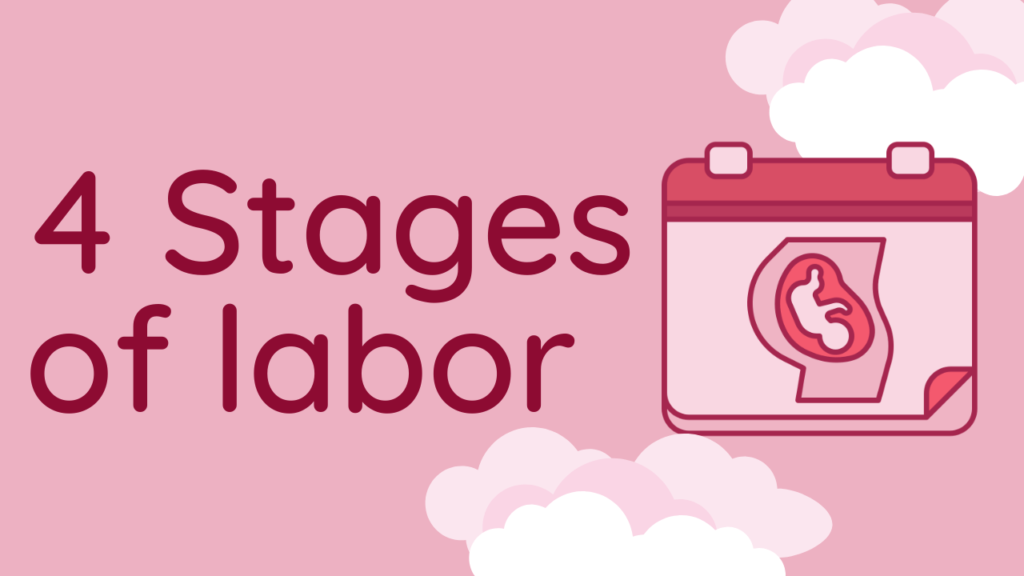







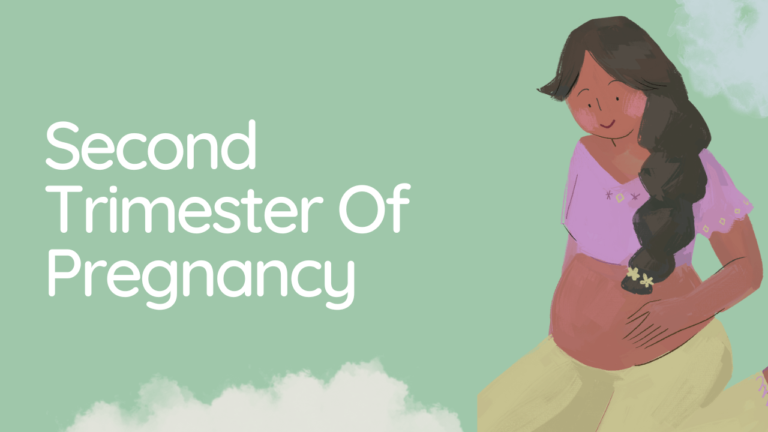



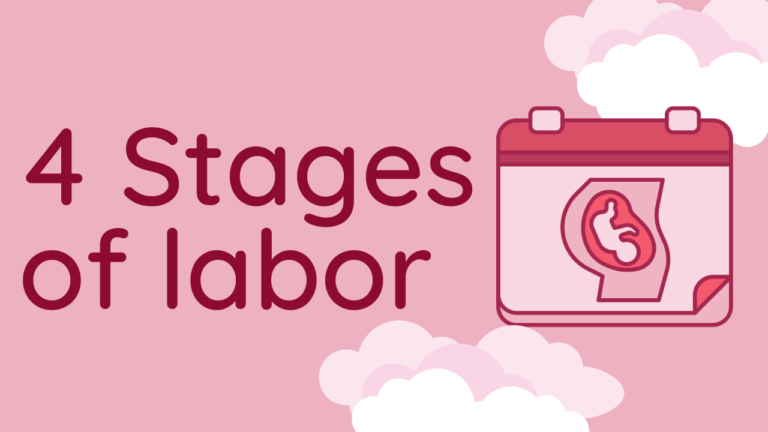



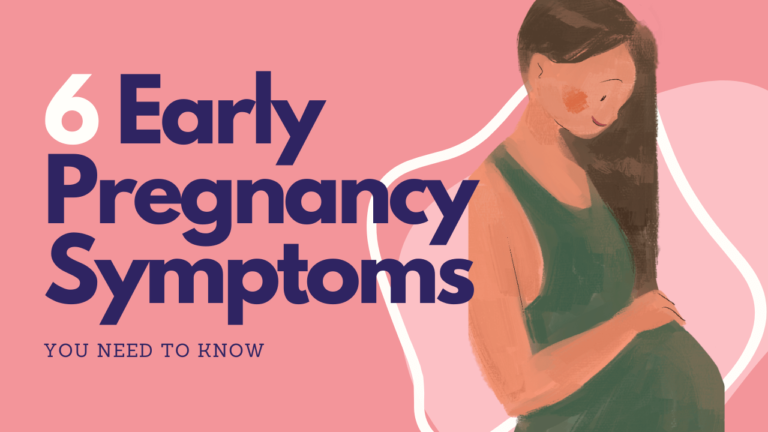

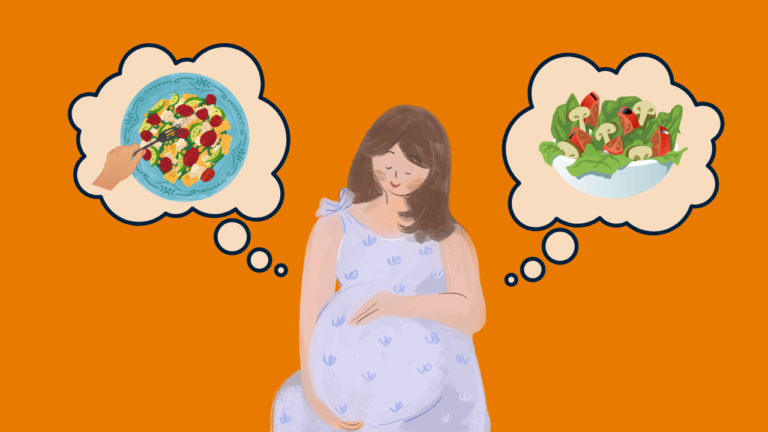
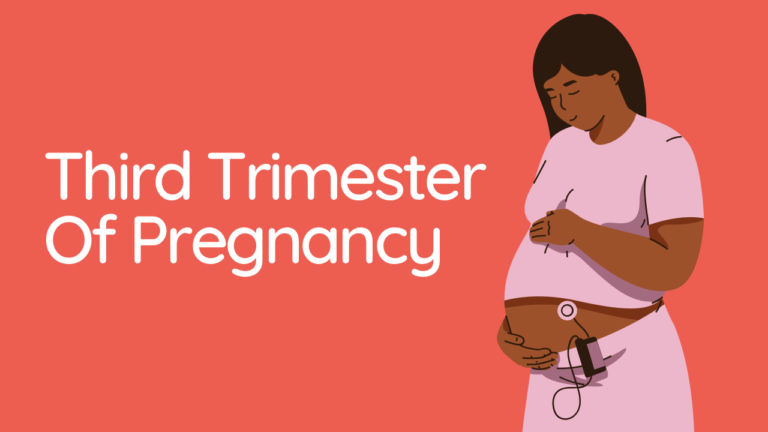
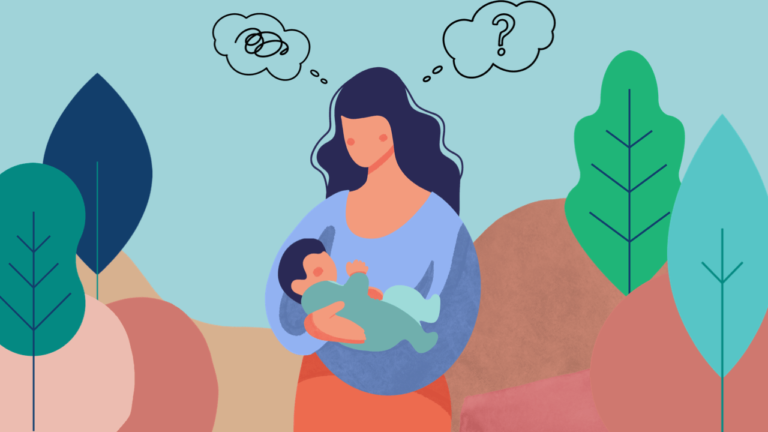


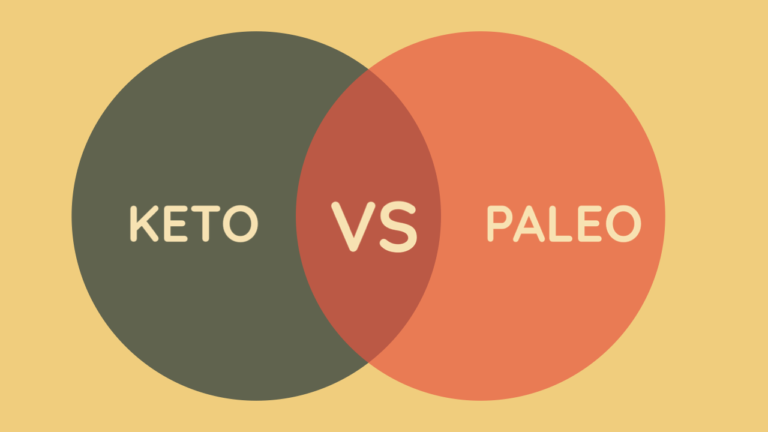




2 thoughts on “The 4 Stages Of Labor: Its Better For You To Know.”
nicely explained.
Thank you 🙂